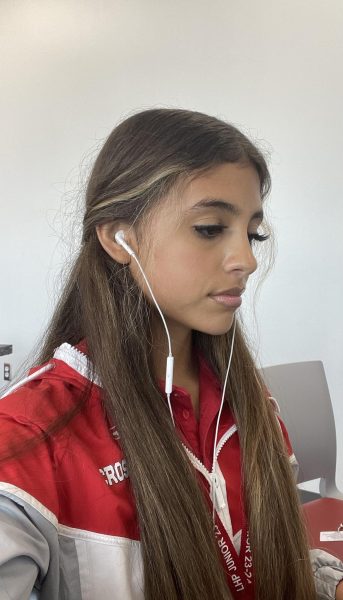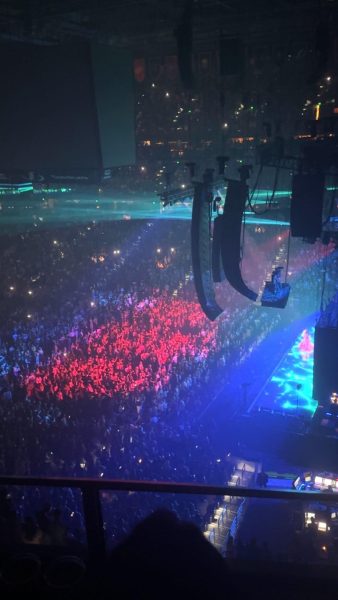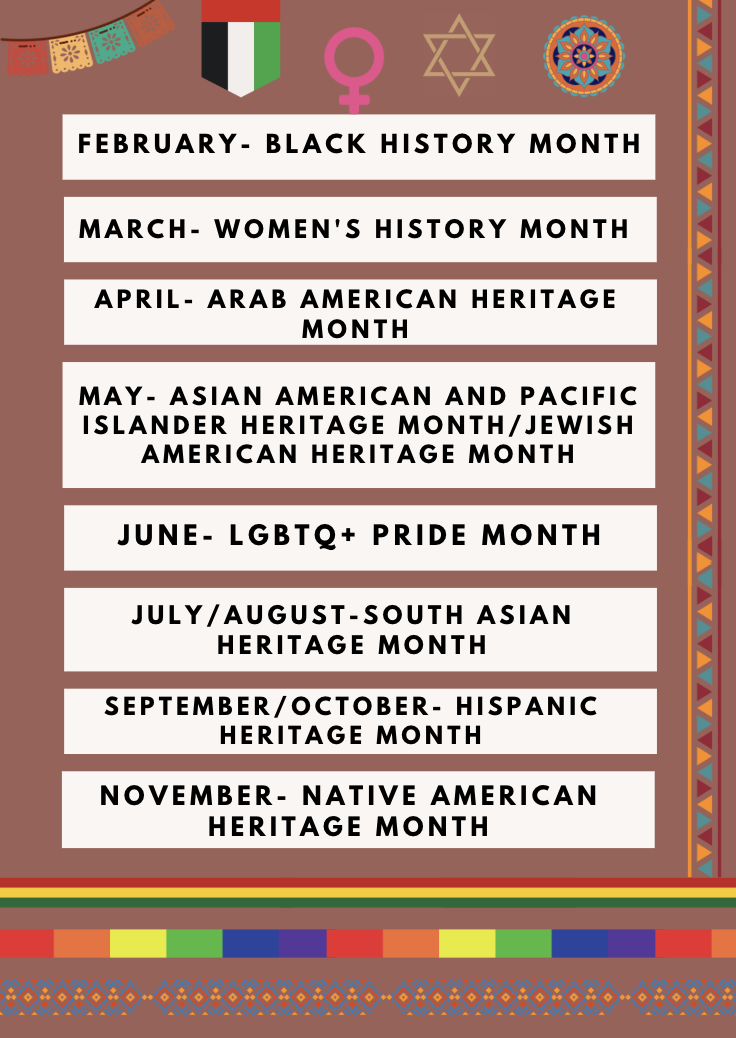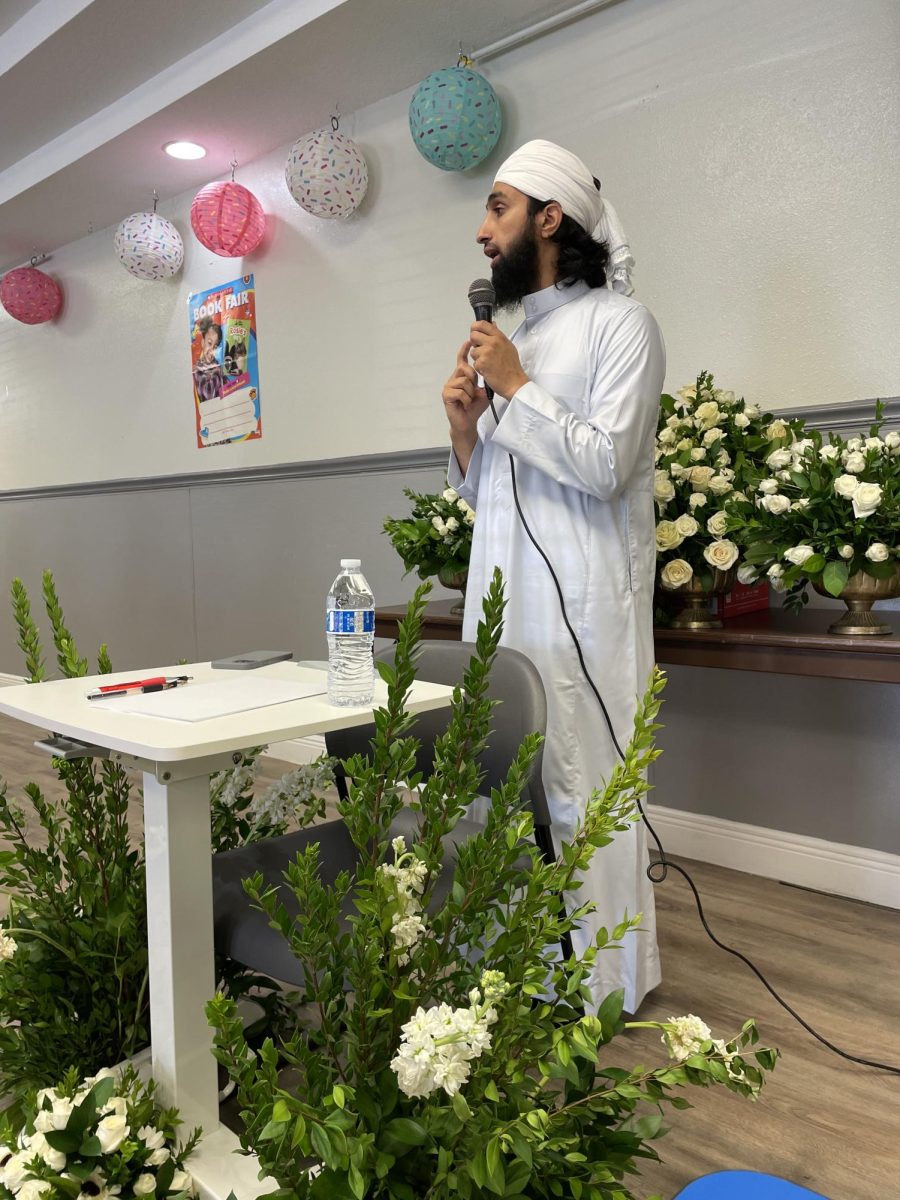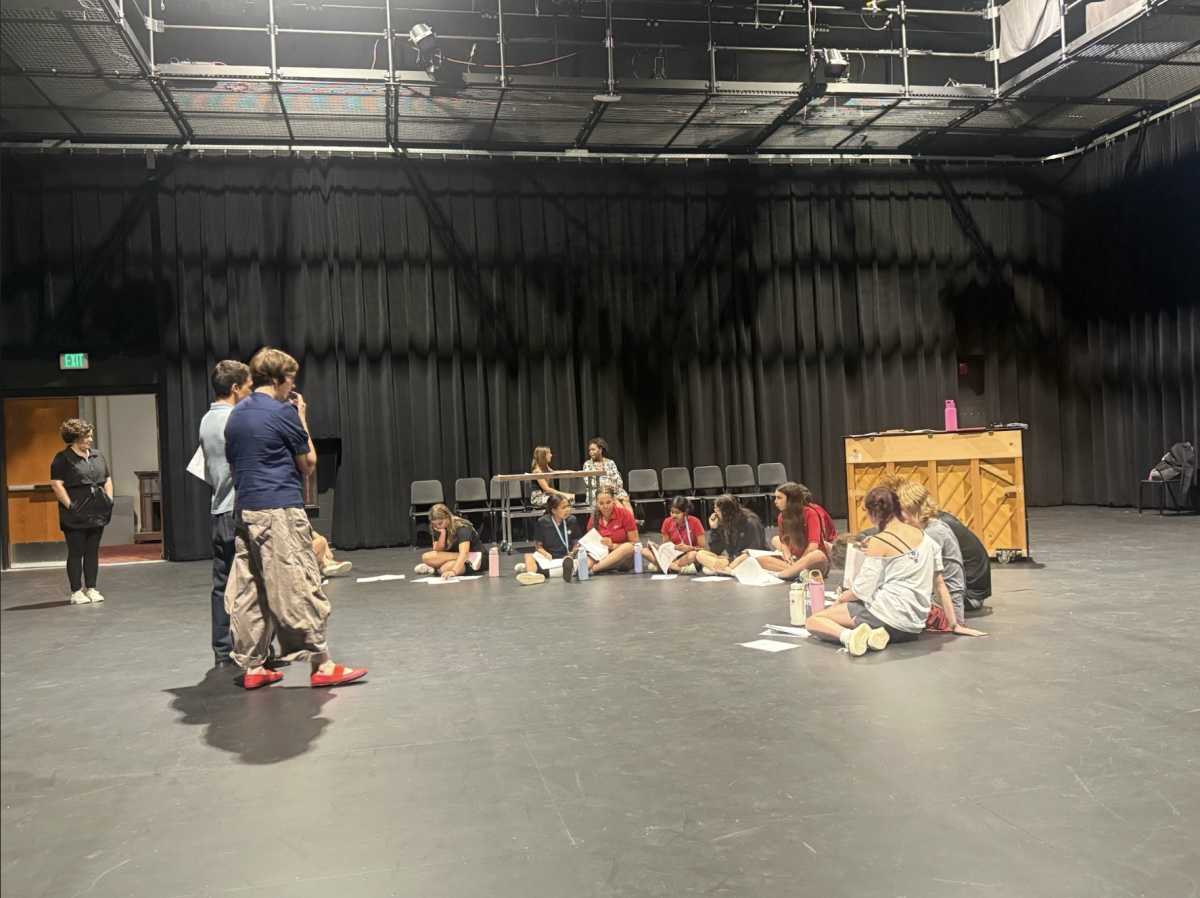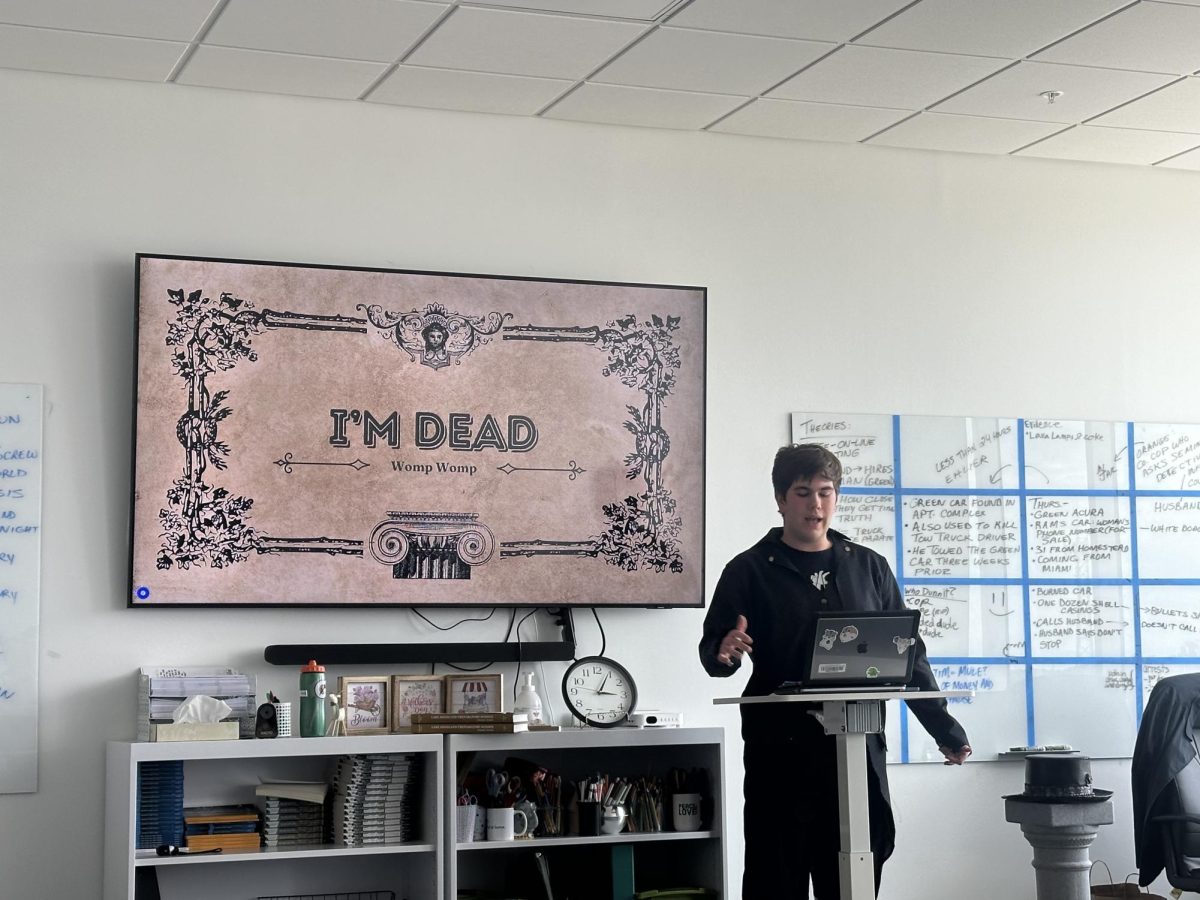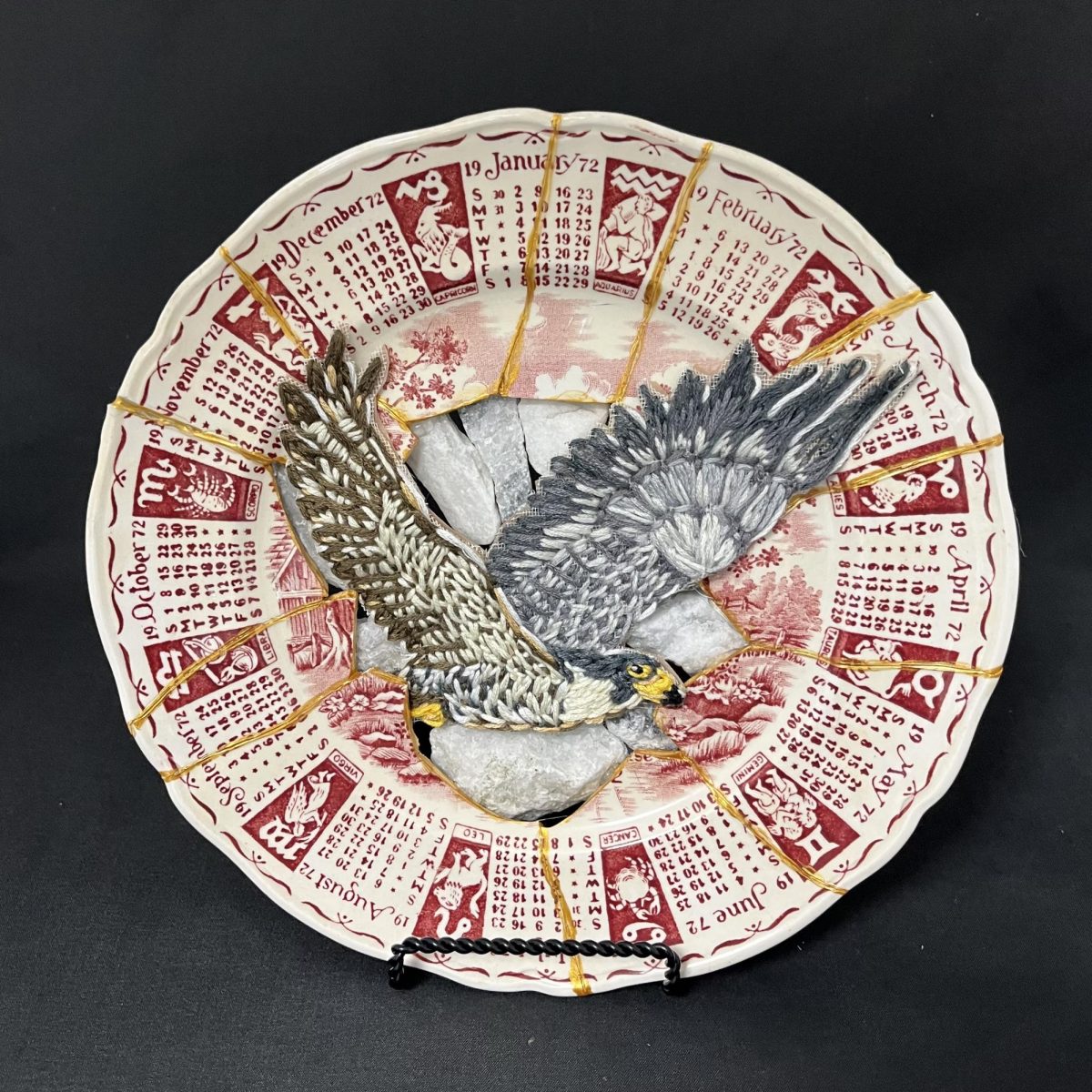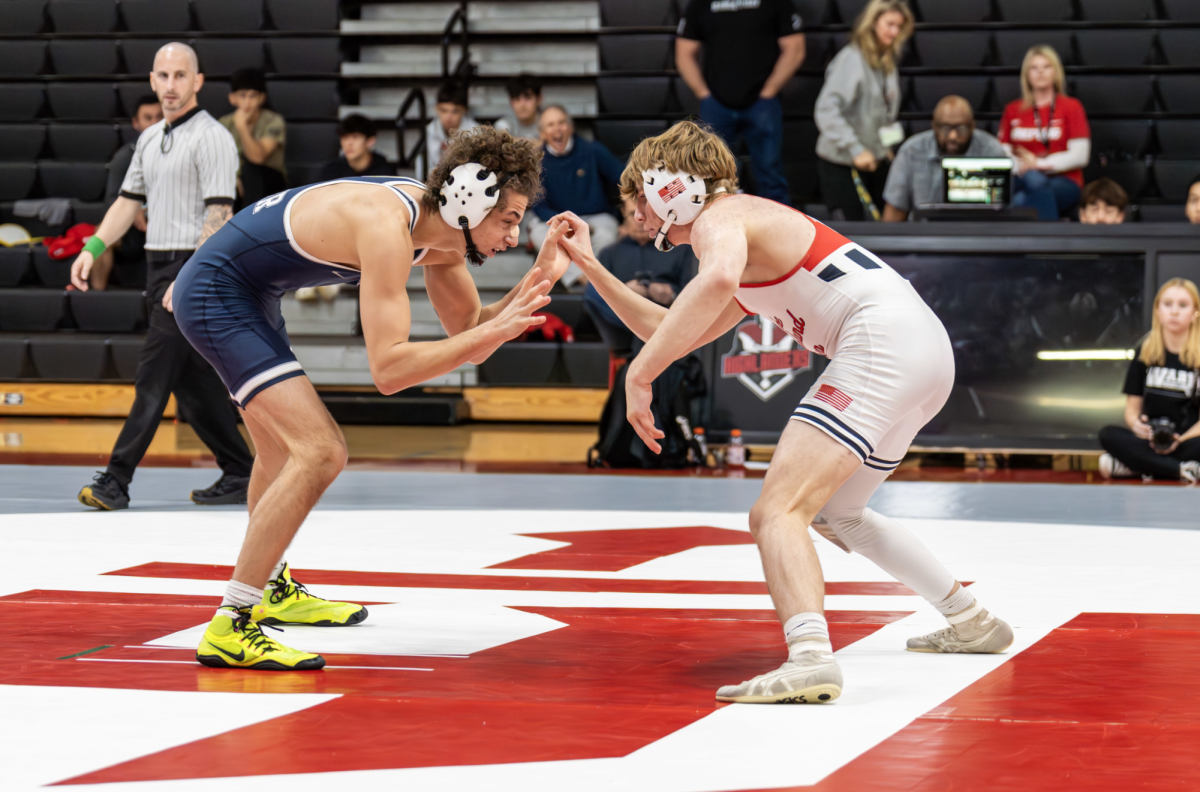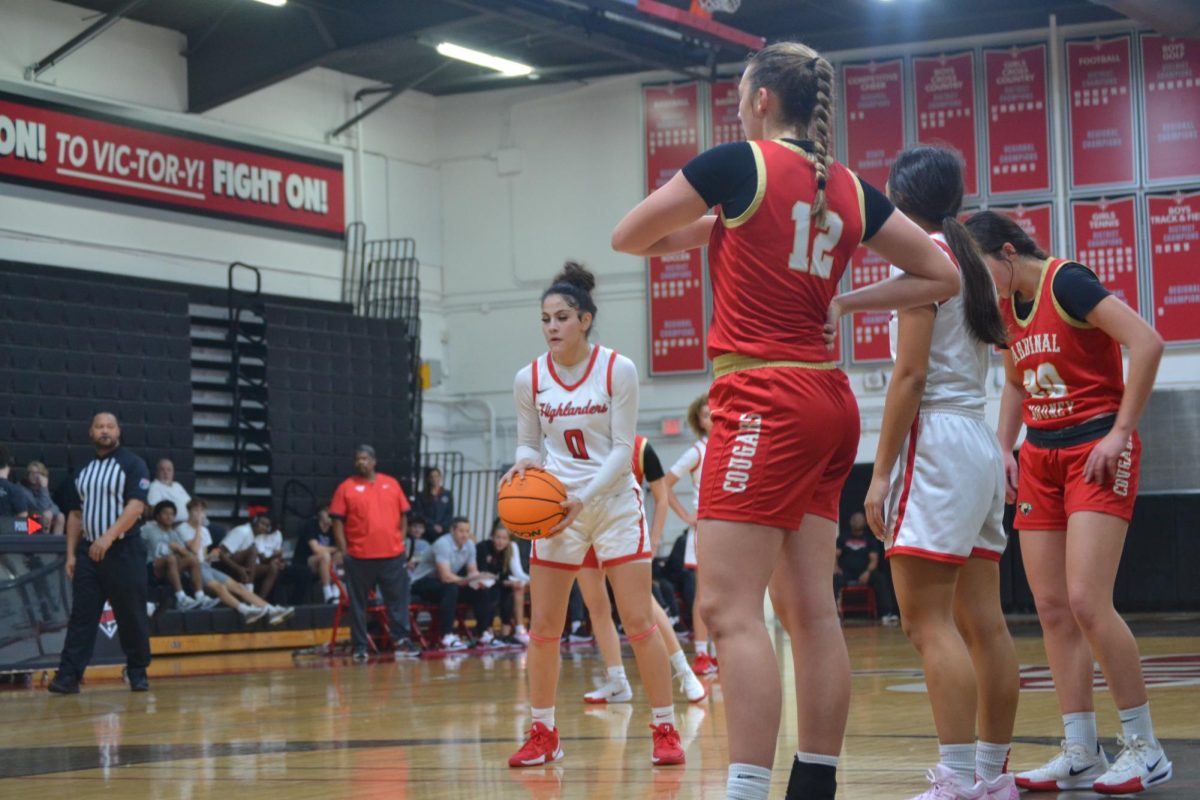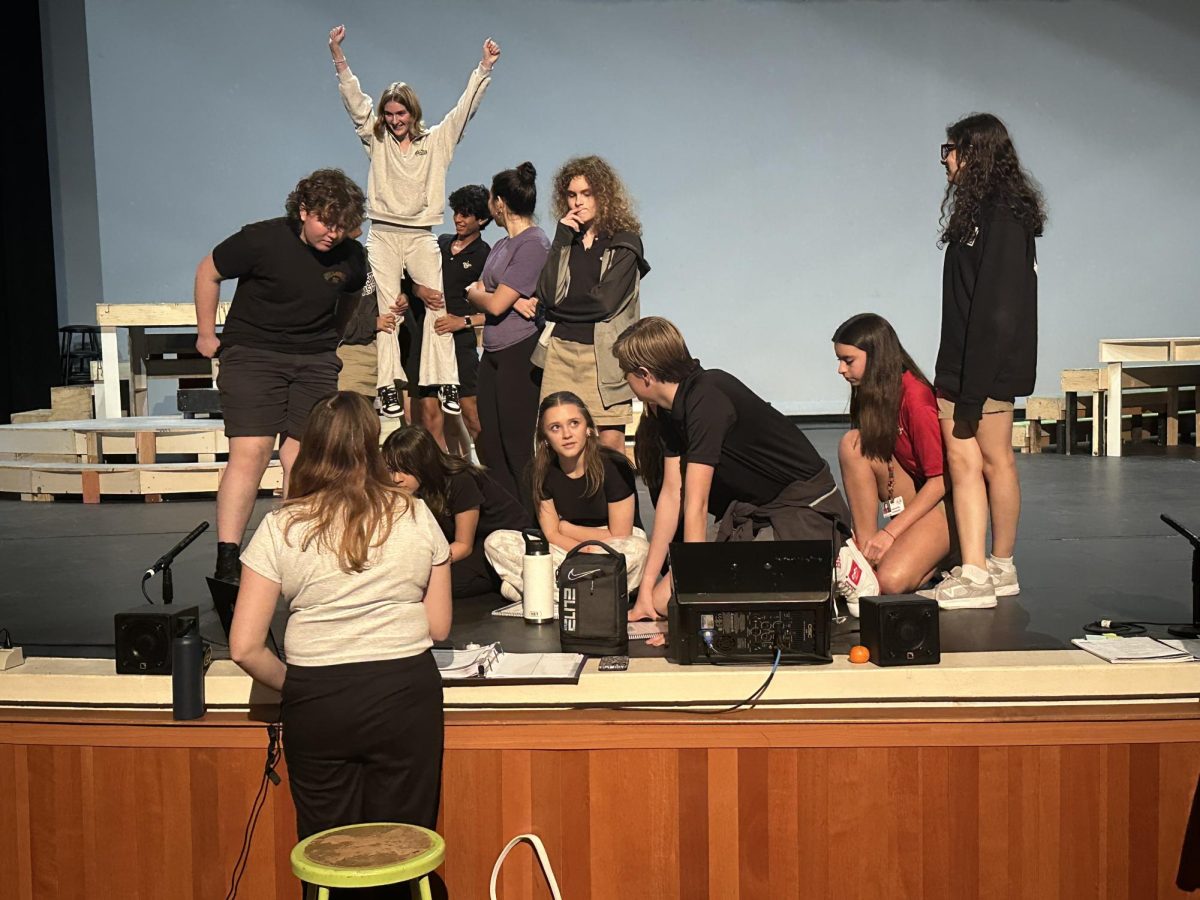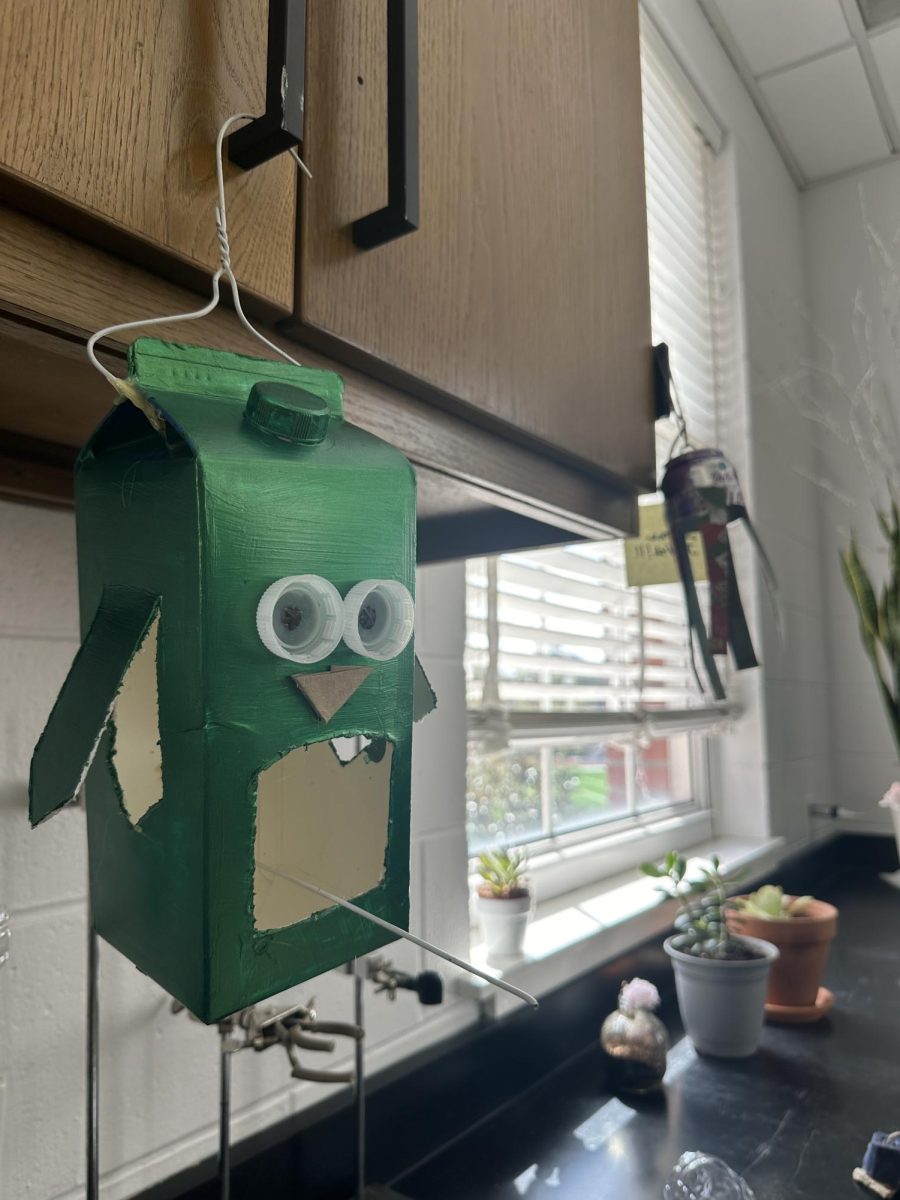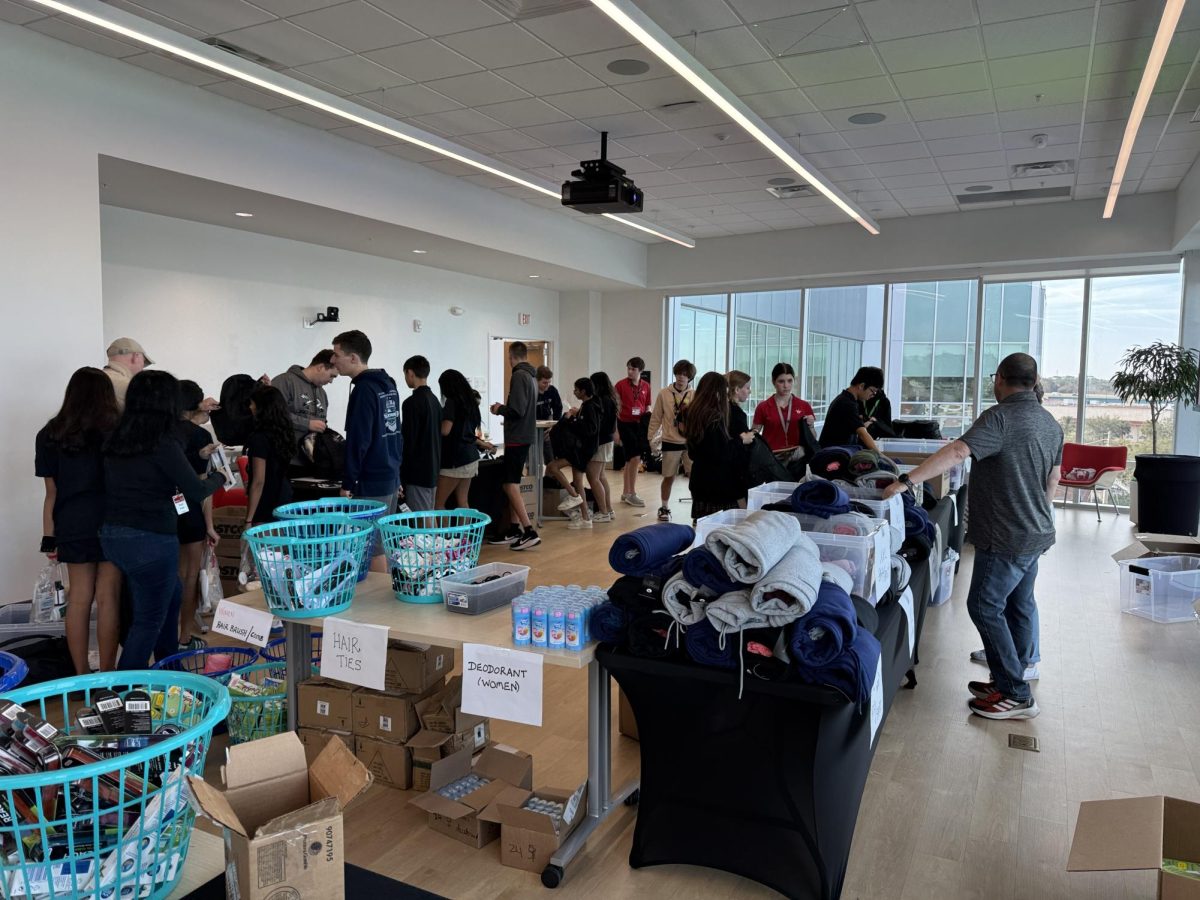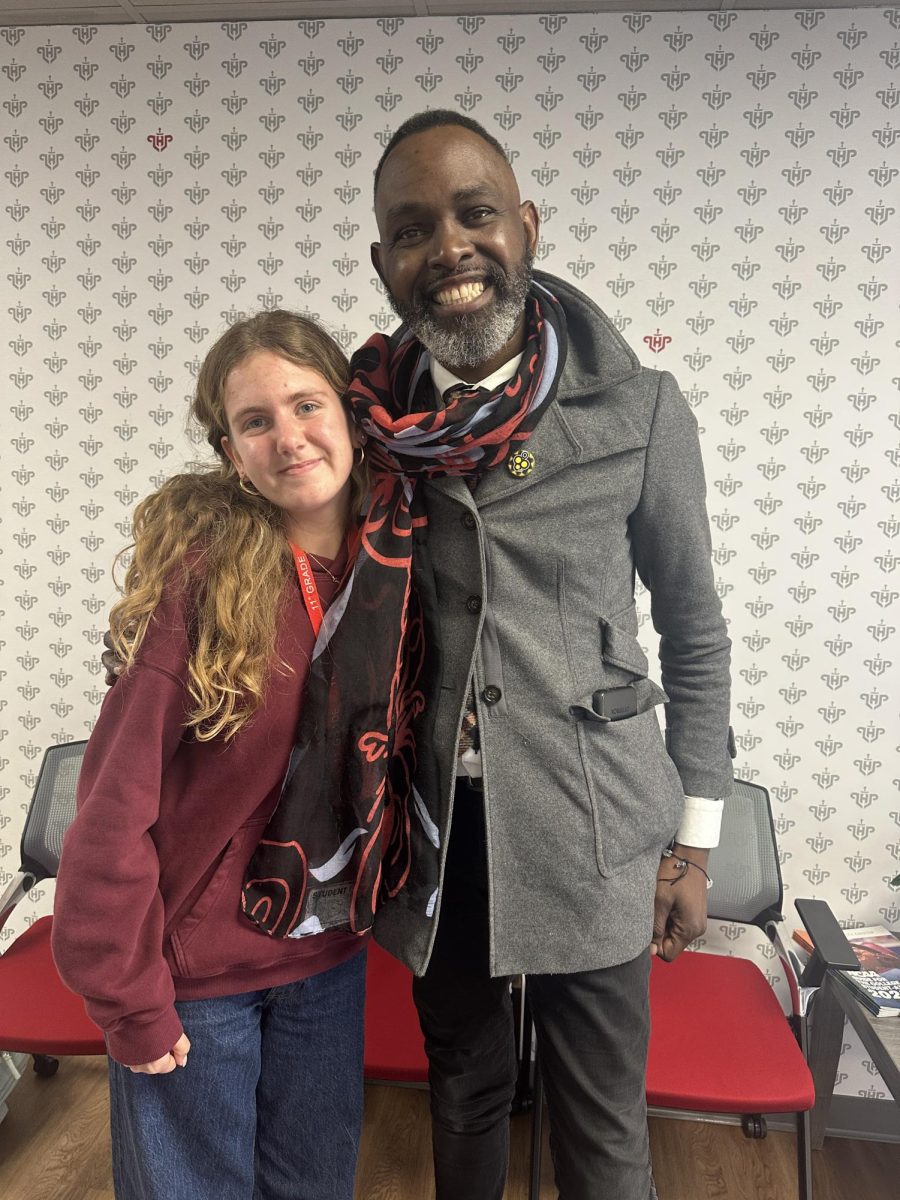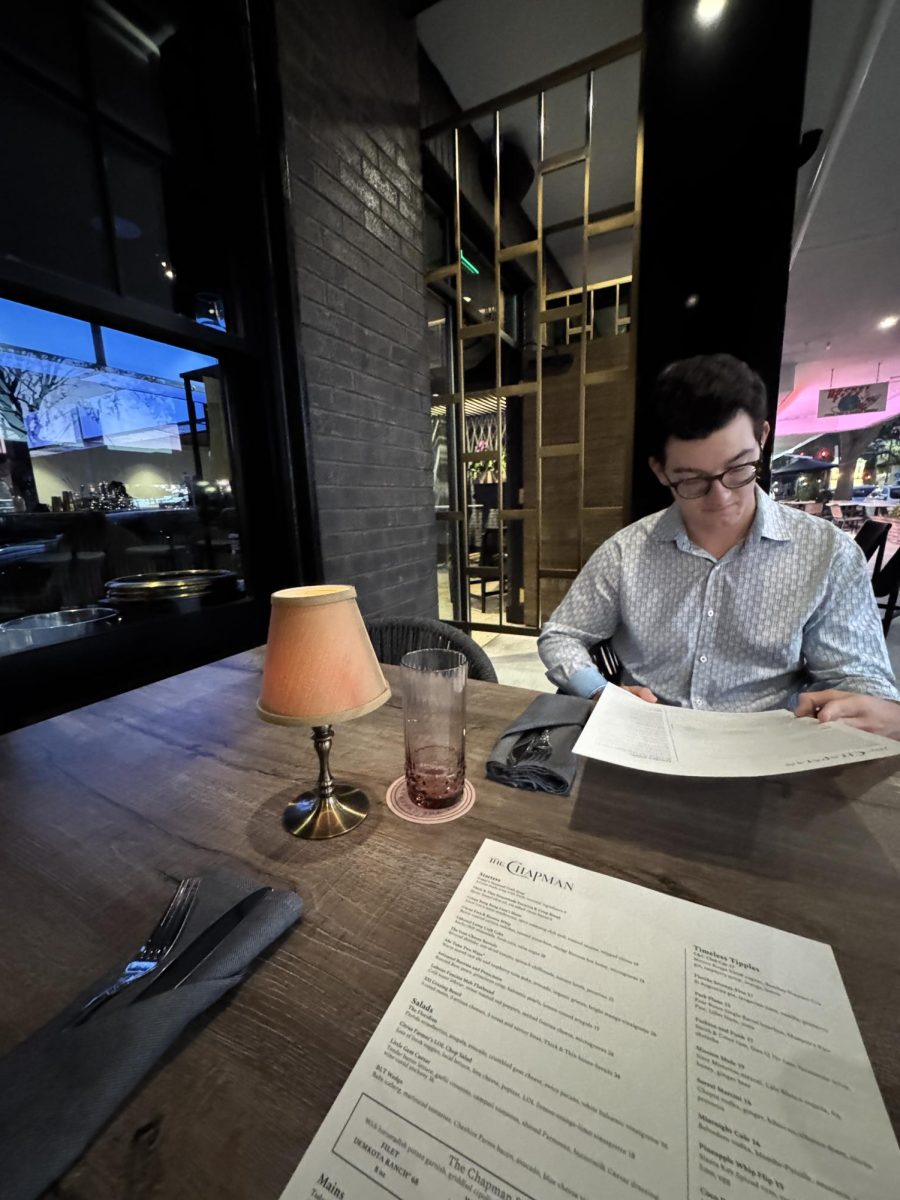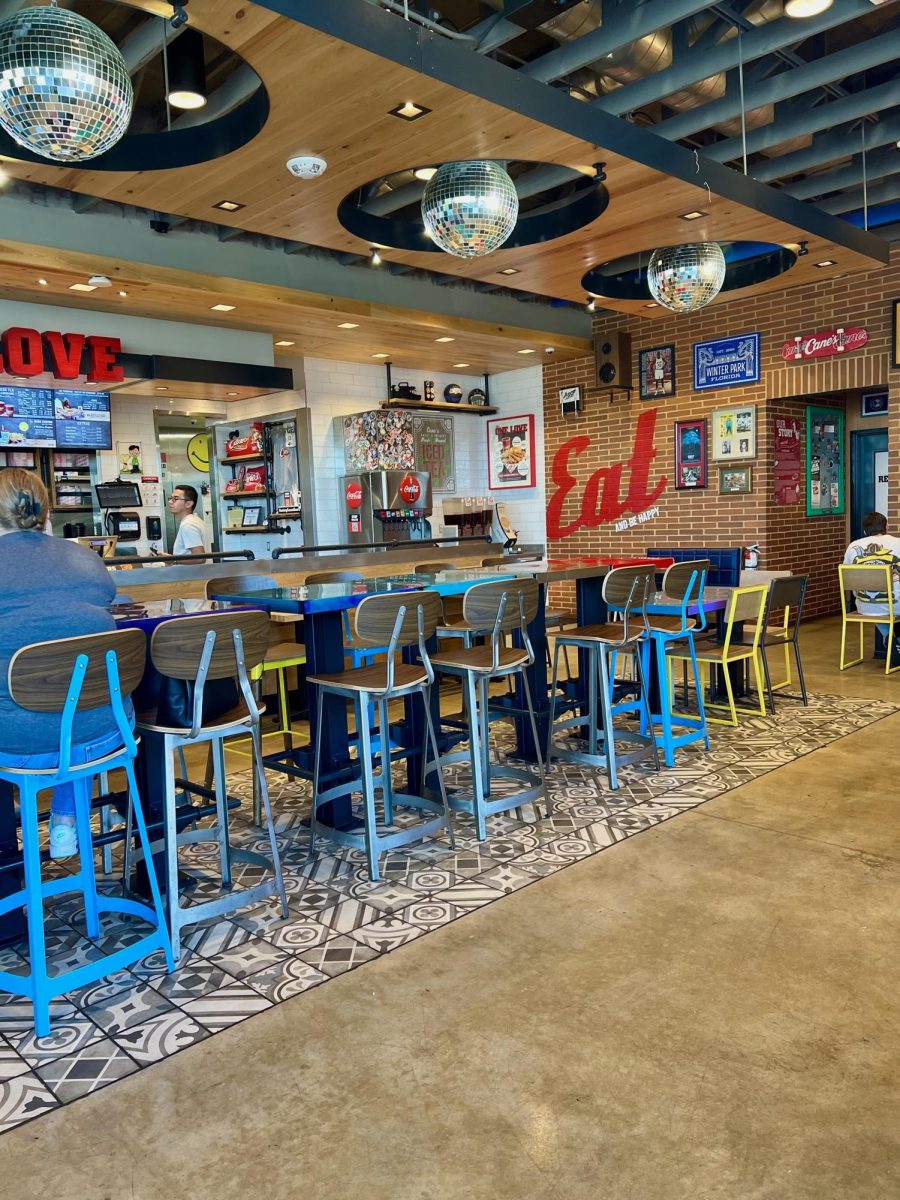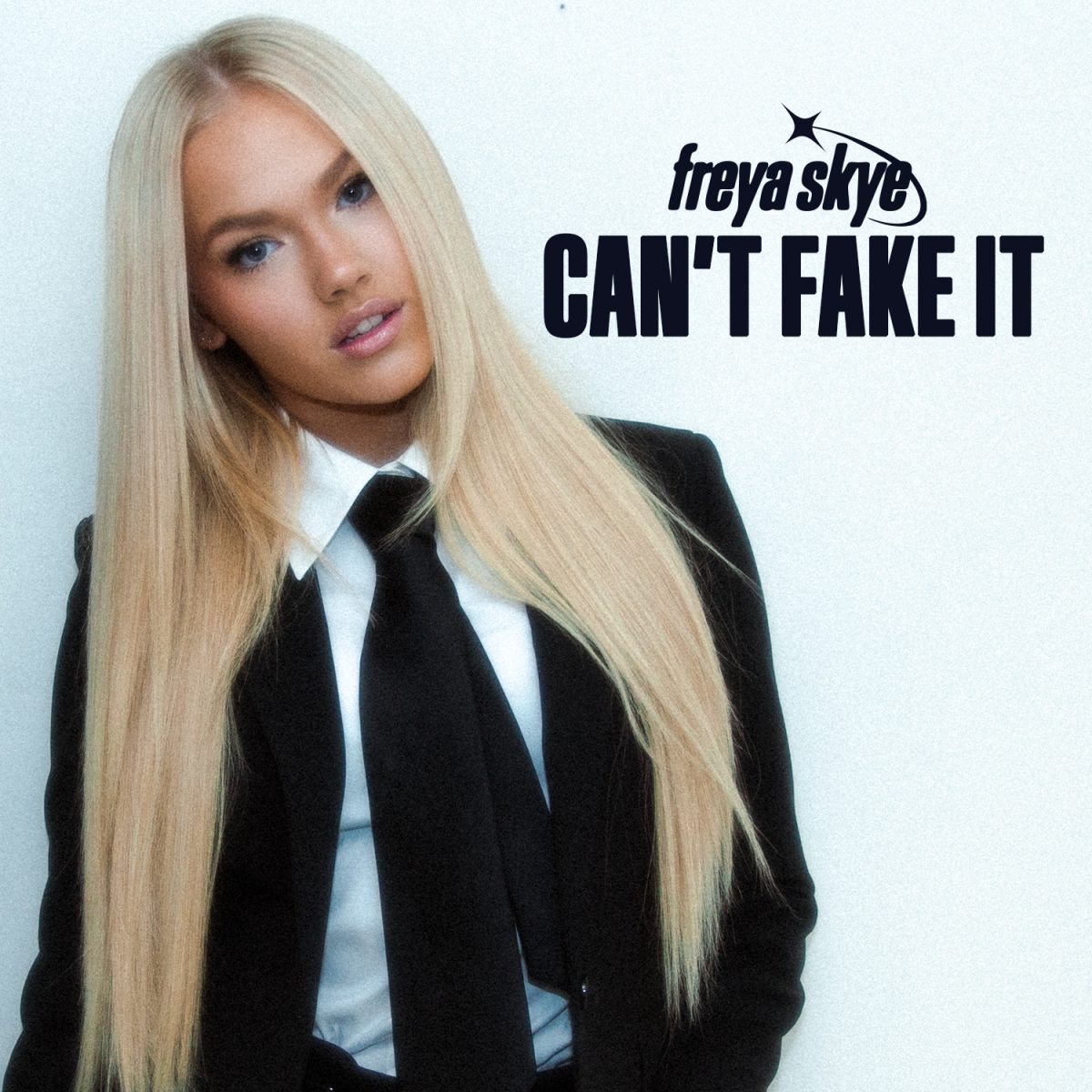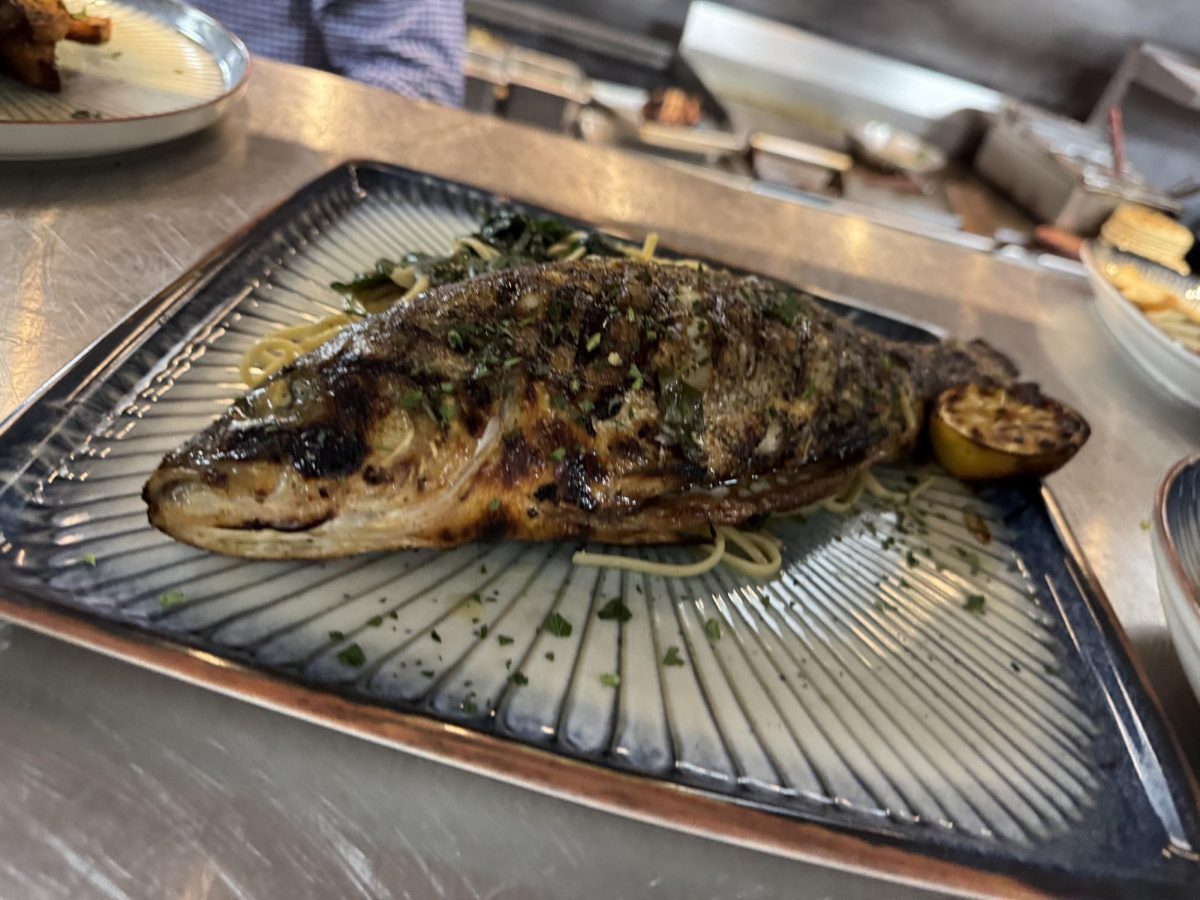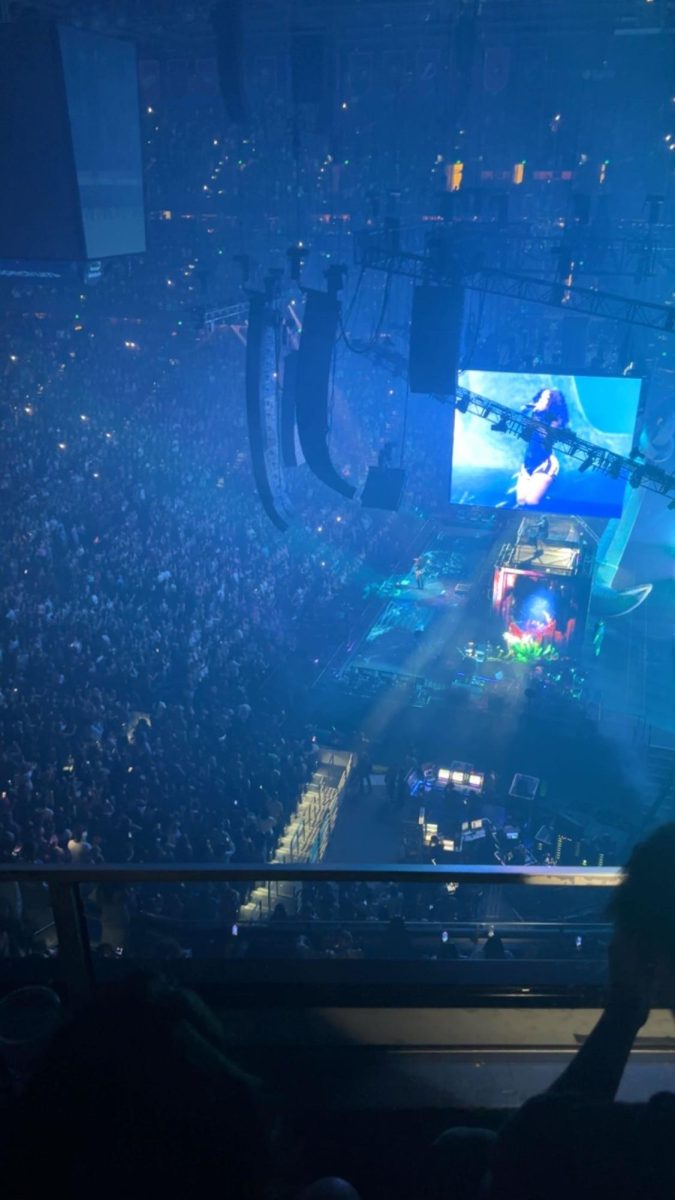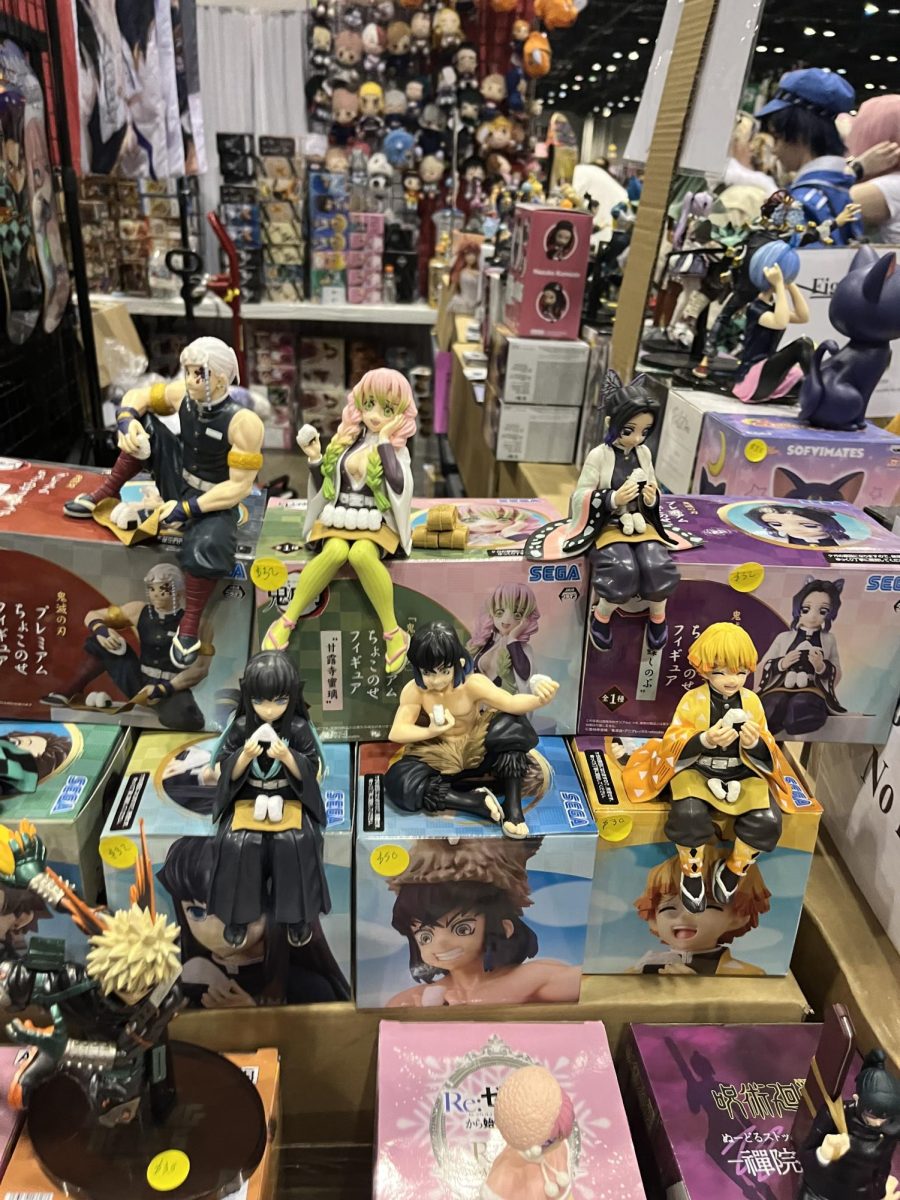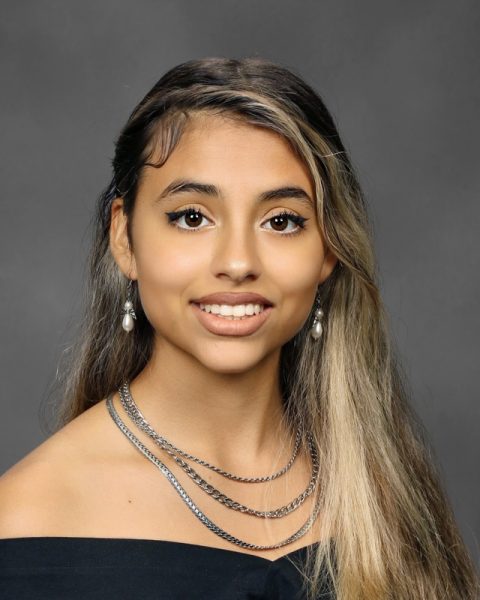On June 23, 2023, rapper Doja Cat announced that she would be going on The Scarlet Tour with rapper Ice Spice to promote her new album. The pair of rappers will both be performing in Tampa and Miami in March of 2024. This year marks not only Doja Cat’s achievement of becoming the female rapper with the most monthly listeners in Spotify history, but also the 50 anniversary of rap music. Therefore, it may be time to look back on the evolution of this genre.
Rap music got its start in 1973 with the rapper Kool Herc, when the art form had already begun to emerge as a popular style of music in dance clubs and street parties in predominantly Black neighborhoods. Residents of these neighborhoods commonly experienced poverty and gang violence. As a result, the rap lyrics that emerged in the 1970s tended to focus on money, violence, and drugs.
However, the first solo album by a female rapper didn’t come out until 1987. Prior to that year, women in the United States were still fighting and advocating for the same treatment, rights, and privileges as men. Even by 1987, the lifestyle and social norms of the United States still had a long way to go in terms of achieving equality for women, a problem that has gotten better, but is still not completely solved today. According to the Bureau of Labor Statistics, women only earned 62% of what men earned for working the same jobs in 1979. They also made up only three percent of the entire U.S. Congress at the time. This jarringly unequal society, in which women were unfairly paid and under-represented nationwide, was a result of past tradition and the widespread assumption that women are incompetent and undeserving of respect.
As a result, being a woman was considered inherently negative. In order to gain respect and equal treatment from men, women in the 1980s and ‘90s had to separate themselves from other women as much as possible, a strategy utilized by artist MCLyte, who became the first female rapper to release a solo female rap album. MCLyte’s album, released in 1987, achieved huge success. It followed the same format and style as male rap music, with lyrics that implied themes associated with masculinity, such as violence and dominance. The most famous of these lyrics include, “I took the microphone, and I threw it to the ground” from the song “Kickin’ 4 Brooklyn” and, “I take the money and the gear and then break[…] out” from the song “Paper Thin.” Other lyrics by McLyte implied that she viewed herself as different, and therefore better than, other women, as suggested in the line, “When I start to rap, she starts to shake” from “Kickin’ 4 Brooklyn,” among many others.
In accordance with these lyrics, MCLyte’s style of clothing was extremely similar to what male rappers wore in the 1980s. She was often seen sporting short hair, large chains, pants, and baggy clothing. In contrast, the female rappers of 2023 are showing a nearly opposite public identity. Ice Spice, the most recent female rapper to win Best New Artist at the VMAs, writes lyrics that heavily emphasize femininity, friendship with other women, fashion choices, and self-love. For example, in her song “She in Ha Mood,” Ice Spice centers her lyrics around appreciating another woman’s confidence. This song features lyrics such as, “She a baddie/She know she a ten” and, “She lit, get money too.” Ice Spice is also known for her feminine sense of style, which includes short skirts, long nails, makeup, and lots of pink.
However, the change from female rappers presenting in a masculine way to presenting in a feminine way is not new or sudden. It began with Lil’ Kim, whose music career began in 1995. Prior to her career, most successful female rappers, such as Queen Latifah and Missy Elliott, wrote songs that were very similar to what male rappers wrote, just as MCLyte did. However, when Lil’ Kim began releasing music, she shocked the music industry by rapping about topics that related to being a woman, as well as by dressing in stereotypically feminine clothing. She was the first person to massively popularize femininity in rapping. Her debut album, Hard Core, sold over six million copies worldwide, and many rappers such as Nicki Minaj soon followed her example, taking pride in being women in a male-dominated environment.
Since Nicki Minaj and Lil’ Kim’s success in the late ‘90s and 2000s, the world has continued to change for women. Women now earn 75% of what men earn for the same jobs and make up 27% of the U.S. Congress, according to The Center for American Women and Politics. This is more representation and equal pay than women have ever had before in American history. While finding success as a musician is rare and doesn’t significantly influence the overall issues faced by working women, the rise of respect for female rappers in recent years is symbolic of the increasingly fair treatment of women on a much larger scale. In March of 2021, “Bodak Yellow” by Cardi B became the first solo female rap song in history to be diamond-certified by the Recording Industry Association of America (RIAA). This certification means that a song has sold more than ten million certified units. Just 20 years ago, such success for a female rapper may have been nearly impossible, and before that, a feminine-presenting rapper wouldn’t have been taken seriously at all.
Cardi B herself has spoken on this issue. According to her, “I’m going to encourage any type of woman. You don’t have to be a woman like me for me to encourage and support you.” This very mindset may just be what’s allowing the feminist movement to continue onward, resulting in the increasing interest in female rappers today. Without a need to ask why a woman is so special before listening to her music, rap audiences are now making way for female rappers to shine unapologetically. Currently heading this movement are Doja Cat and Ice Spice, whose tour began on October 31, 2023. Tickets to their tour went on sale this June and completely sold out, with some resale tickets now exceeding $1,000. Such a high demand for two female on tour together has never been seen before.
The popularity of female rap music is also increasing on a small scale. Viral TikTok sounds that feature songs by female rappers are becoming more and more popular, with rappers like Flo Milli and Kaliii dominating the creation of such songs. The popularity of female rappers will almost certainly continue to increase as time goes on, normalizing female presence in a style of music that revolves around the theme of confidence and self-success. This new era of female confidence seems to send a message that all women stand for: I’m a woman, and that’s enough.
